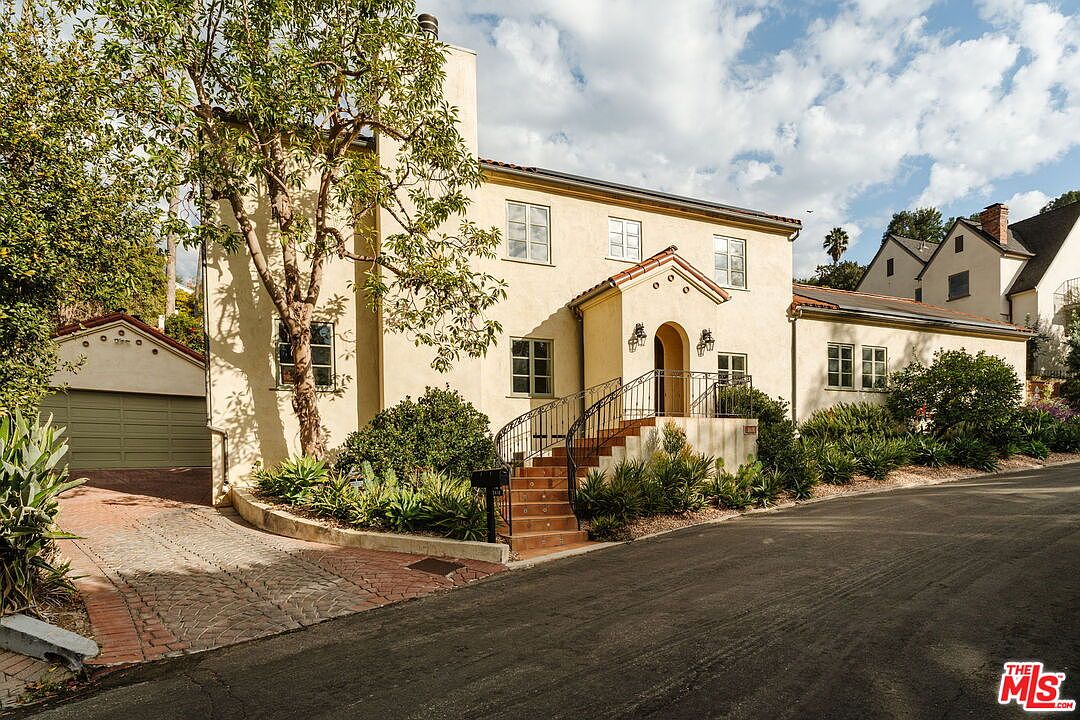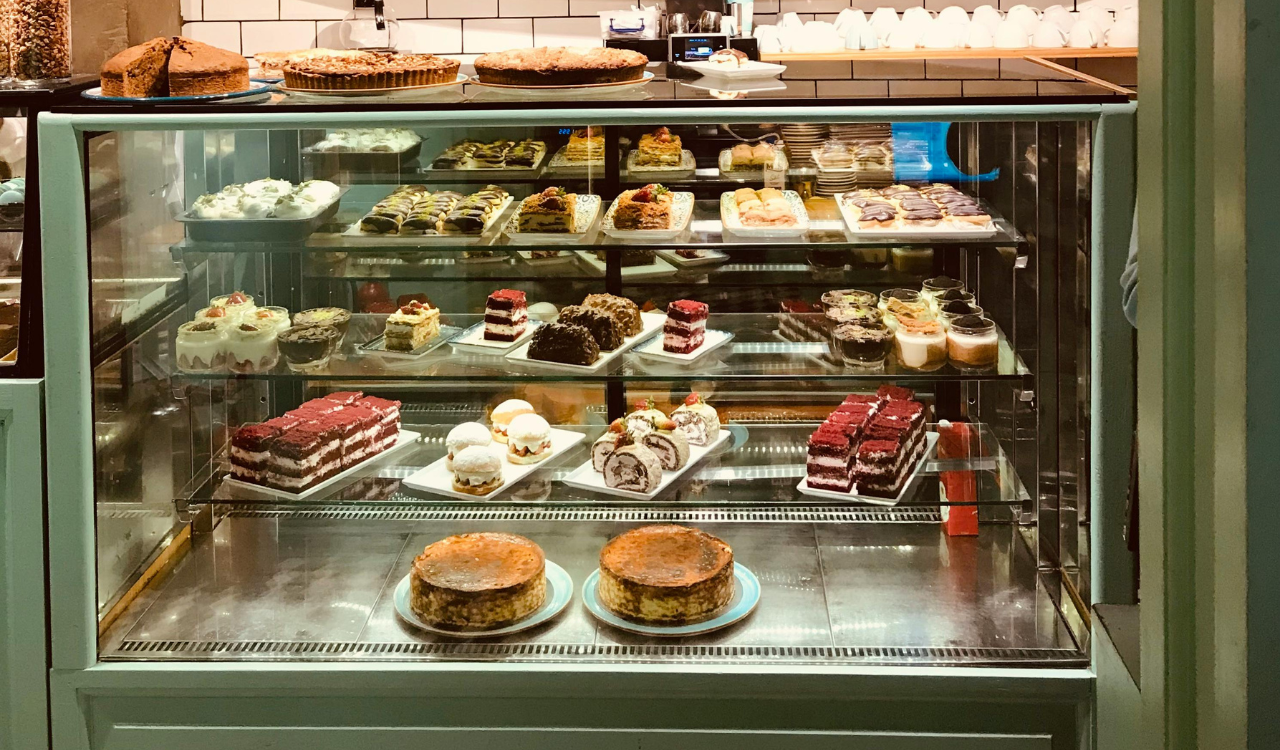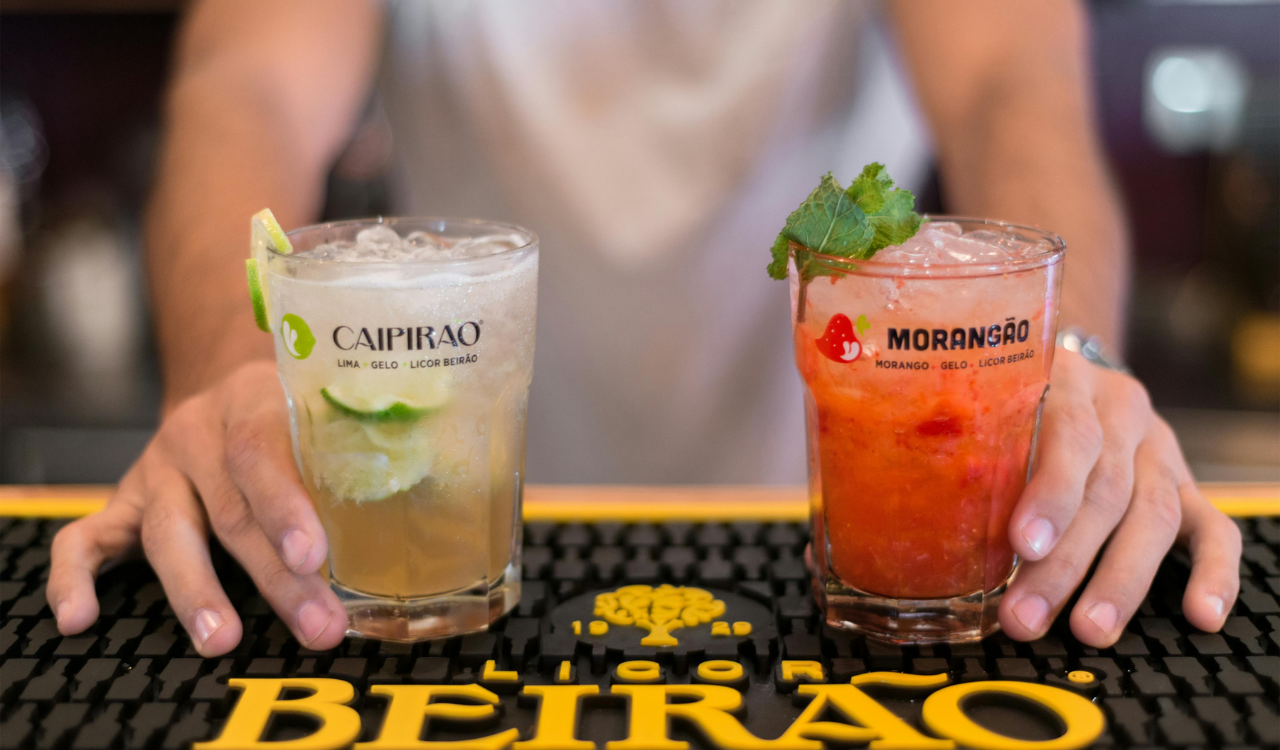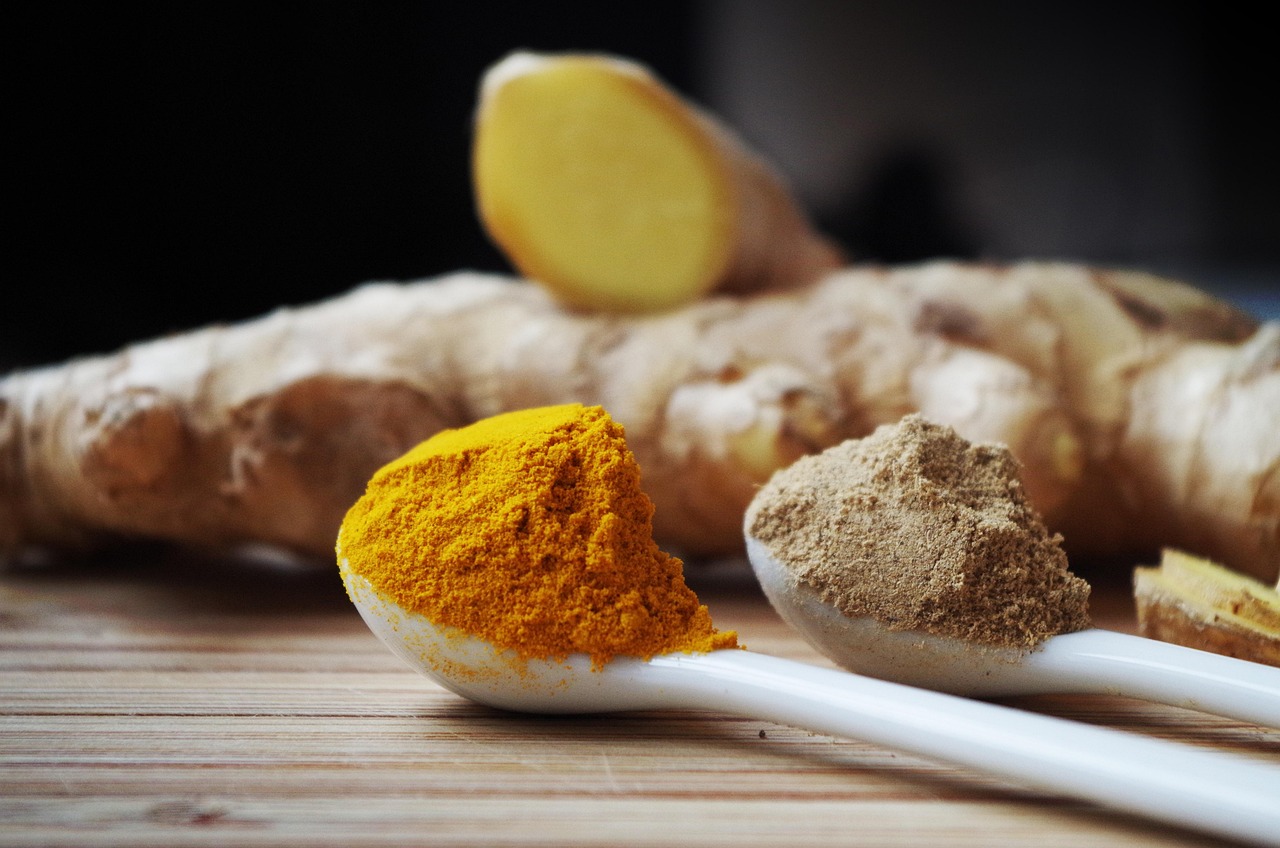9 Vintage Kitchen And Bar Collectibles Worth Serious Money
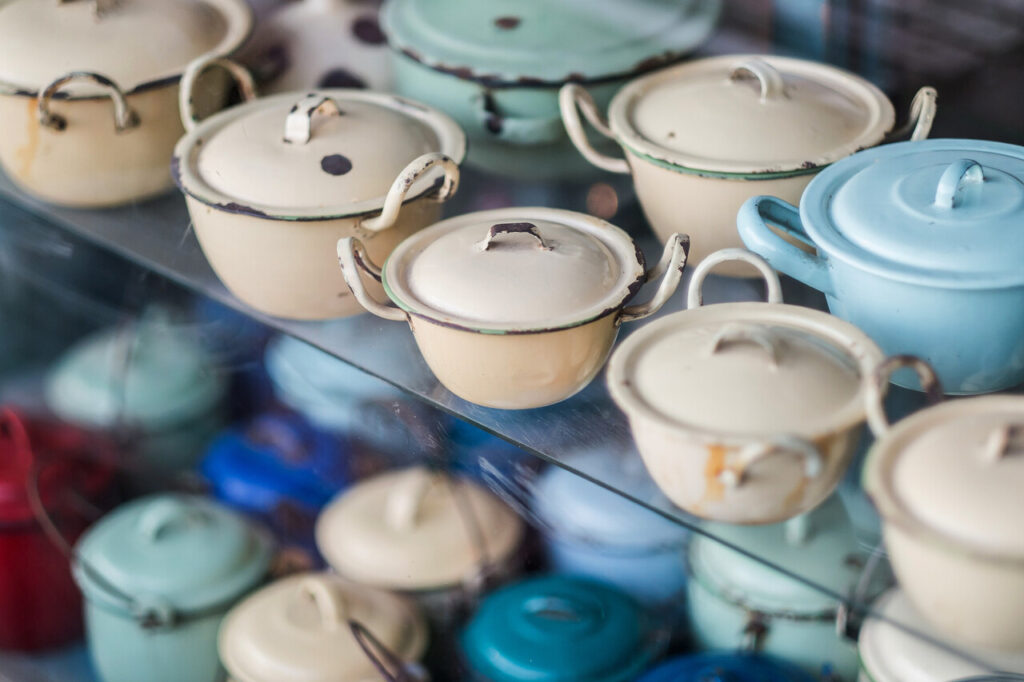
What once sat on kitchen counters or hung above stoves as everyday tools are now some of the most collectible pieces in vintage design. From smooth cast-iron skillets that outlast generations to pastel Pyrex bowls and jadeite glass glowing in soft green, these items combine craftsmanship, nostalgia, and real resale value. Collectors prize them not just for rarity, but because they still work beautifully decades later. These nine vintage kitchen and bar finds prove that function and history can share the same shelf.
1. Griswold cast-iron skillets
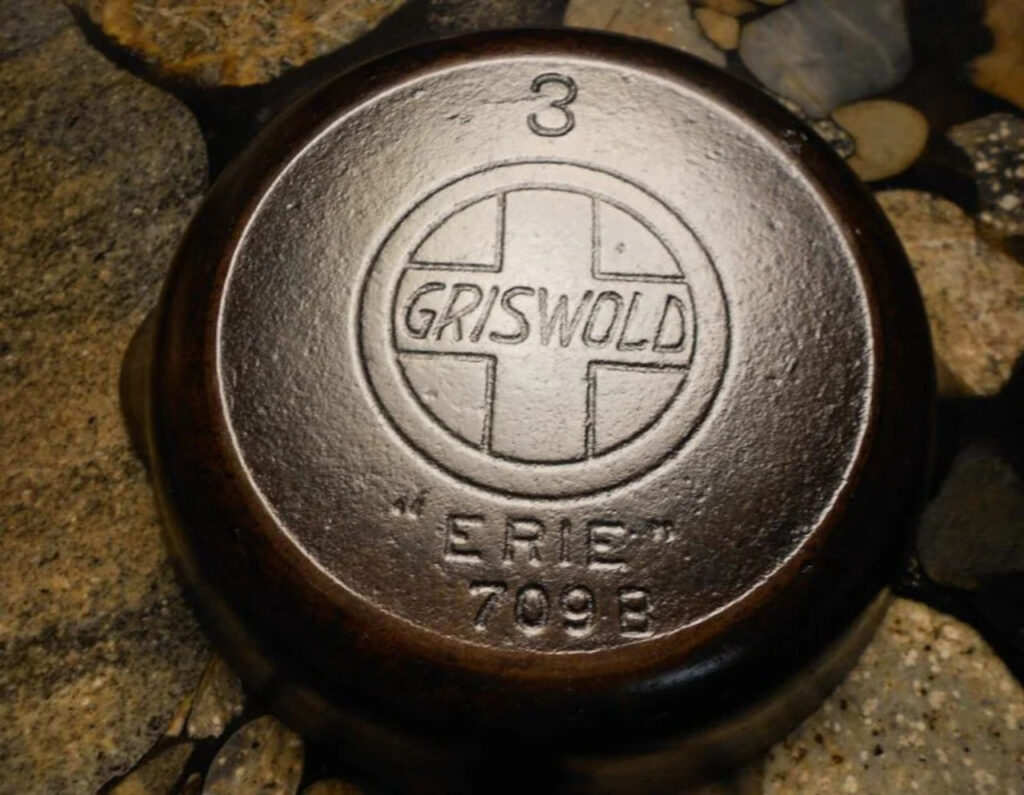
If you want a single item that tells a buyer you know cookware, start with a Griswold skillet. These pans from the late 19th and early 20th centuries are prized for a smooth pour lip, thin walls compared with modern cast iron, and a manufacturing quality that produces even heat. Collectors look for the company name and logo stamped into the base, consistent wall thickness, and minimal pitting. Condition matters: light, even seasoning patina is preferred over heavy rust or crude repairs. Functionally, they are superb for searing and braising, and cosmetically, the right model can command a serious premium.
2. Wagner cast-iron cookware
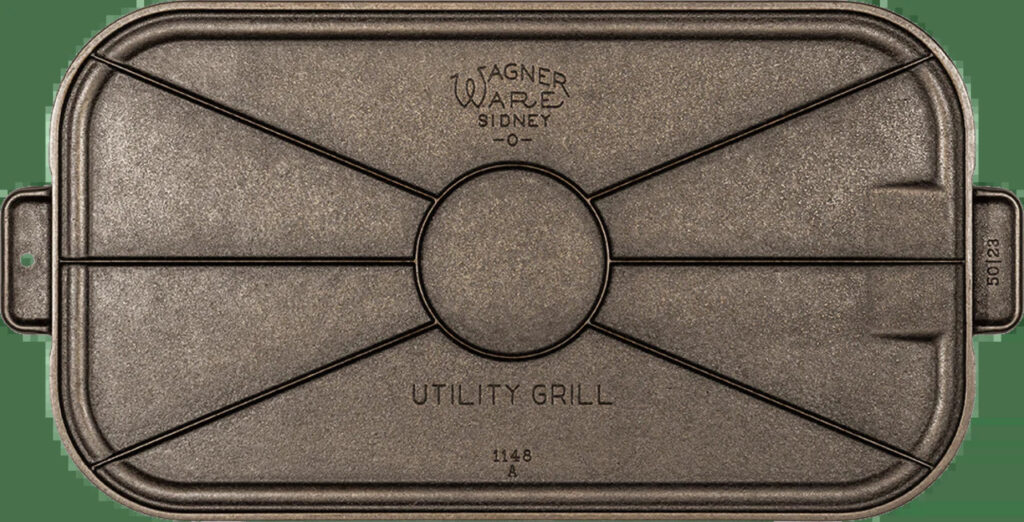
Wagner pans often get mentioned alongside Griswold, but have a personality of their own. Wagner produced a wide range of skillets, Dutch ovens, and griddles with slightly heavier walls and a distinct finish, and certain wartime or prewar models draw steady collector interest. What raises value is model rarity, crisp embossed lettering, and good surface integrity. Like any vintage iron, avoid models with welding repairs across the cooking surface. These pans respond extremely well to a methodical wire scrub, salt scouring, and long seasoning in oil or fat. As utilitarian antiques, they are both decorative and eminently usable, which is why chefs and collectors both prize the best examples.
3. Vintage Pyrex patterned bowls and casseroles

Pyrex from the mid-20th century moved from kitchen workhorse to collectible because of bold, now-retro patterns and colorways that were discontinued decades ago. Patterns and limited runs, plus intact lids and minimal thermal crazing, determine the market value. Look for bright, unfaded color and matching lids intact with no cracks. These bowls survive daily use well, but once a pattern becomes scarce, demand spikes among decorators and vintage enthusiasts who use them as serving pieces or shelf displays. For home use, avoid thermal shock and pick gentle detergents; for collecting, provenance and a complete set make the biggest difference.
4. Le Creuset enameled cast-iron cookware
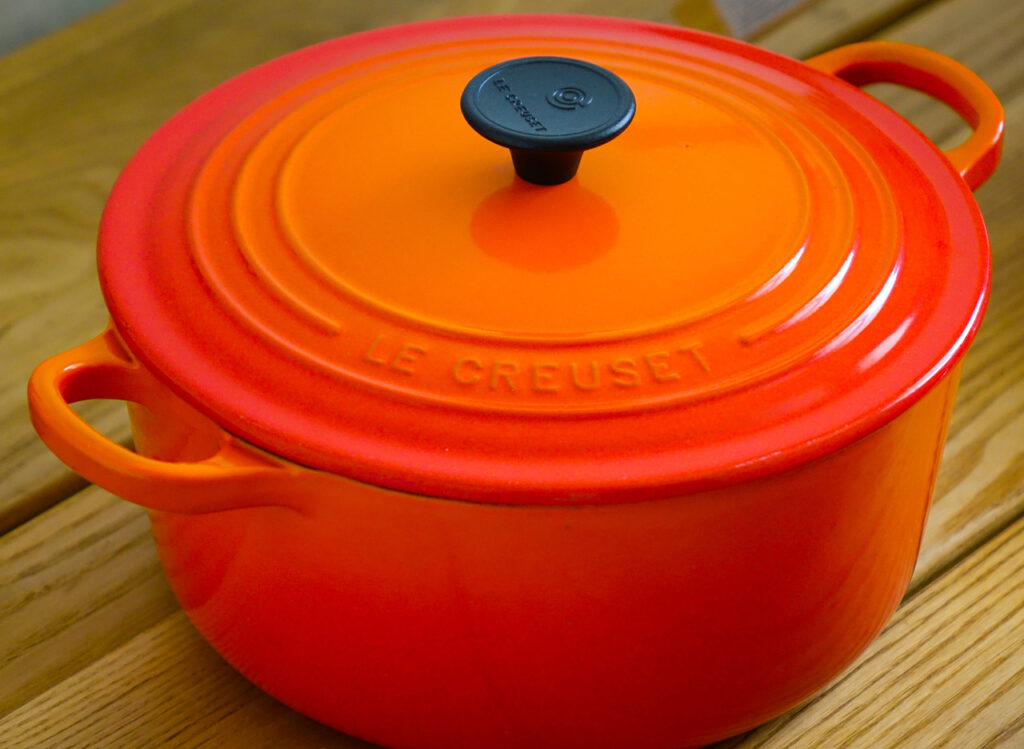
Le Creuset is a modern collectible because it marries performance with design. Recent and vintage pieces both hold value, but certain discontinued colors and limited editions appreciate significantly. The enamel finish should be intact with minimal chipping at the rim, and the interior enamel should be smooth, not crazed. Signature features, like an easy to clean glaze and consistent heat retention, make this cookware practical as well as desirable. For resale value, preserve original box and documentation when possible, and clean with nonabrasive tools. In daily cooking, a lightly nicked Le Creuset will still perform, but the collector market pays most for pieces that look as fresh as they cook.
5. Vintage KitchenAid stand mixers
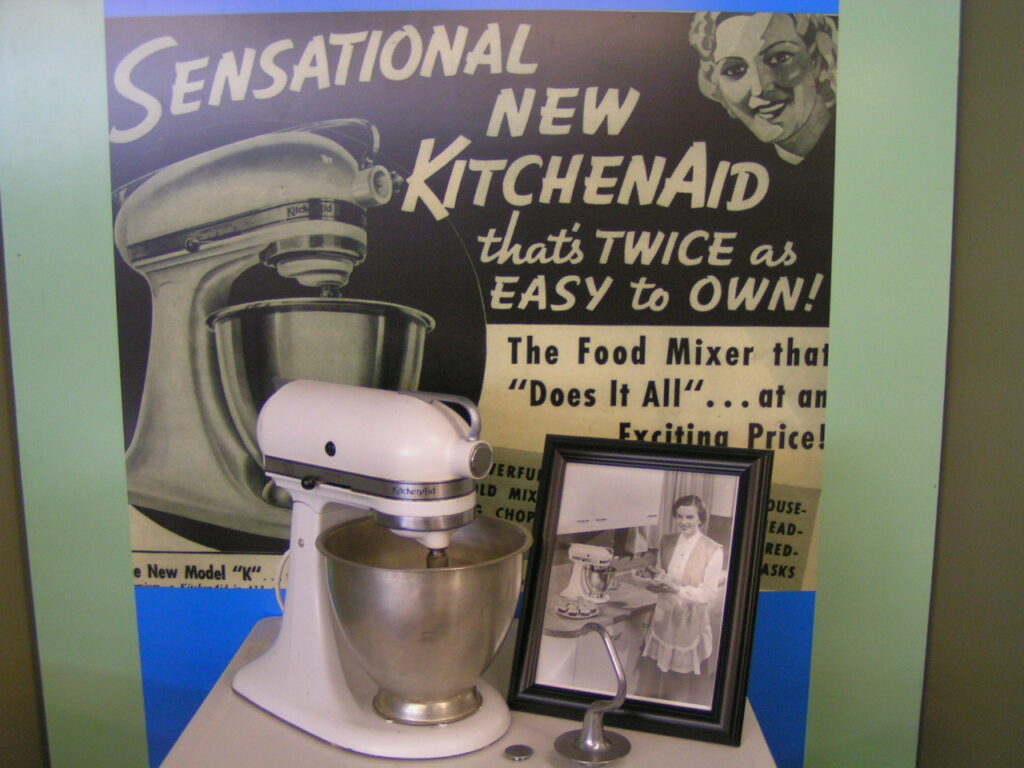
A classic, heavy metal KitchenAid mixer from the midcentury era is both a functional appliance and a decorative icon. Early mixers were built like small industrial machines with robust motors and cast-iron frames, and special colors or early model badges increase desirability. Buyers look for models that still turn smoothly, have the original attachments, and show minimal electrical wear. Rewiring by a qualified technician can bring older units back into safe service. Collectors prize original paint and hardware, so if you plan to use one daily, keep a later identical example for hands-on baking and preserve an intact machine for display or sale.
6. Jadeite glassware

Jadeite, with its soft, opalescent green, is a mid-century staple that crosses the line between kitchenware and collectible art. The most valuable pieces are early production items with even color, no chips, and original shapes from makers like McKee or Anchor Hocking. Practically, jadeite works as prep bowls, canisters, and servingware, but the collector market prizes complete sets, unusual sizes, or matching lids. When you source jadeite, check for hairline cracks and cloudy spots that signal damage. Displayed in a sunny kitchen, a modest collection reads as vintage style, while a cleaned, intact set can be surprisingly valuable at resale.
7. Vintage teak utensils and cutting boards

Quality wooden kitchen tools age into heirlooms when they are made of dense tropical hardwoods like teak. Teak resists moisture and insect damage and develops a warm patina that buyers and cooks appreciate. Midcentury teak tool sets, salad servers, and boards from reputable makers or with handcrafted details draw interest. Value is higher with even aging, no deep gouges, and original finishes that have been cared for with oil rather than harsh detergents. These items are practical, tactile, and often cheaper to restore than metal antiques, so they make a good entry point for collectors who also want to use what they buy.
8. Vintage copper molds and barware
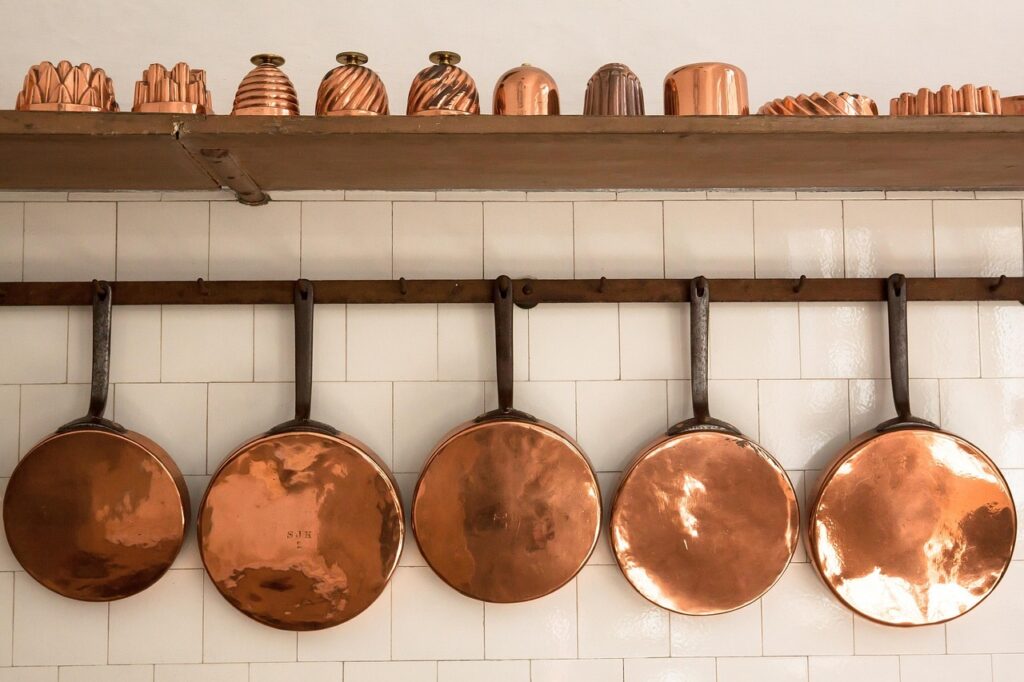
Copper kitchen and bar items combine function with decorative appeal. Copper molds and jiggers from the first half of the 20th century are sought after for their warm color and craftsmanship, particularly if they bear maker marks or unusual shapes. Copper requires care to prevent verdigris, but a polished copper mold makes a dramatic hanging display in a kitchen or a striking prop in a bar setup. Barware such as early cocktail shakers, julep cups, and ice buckets in solid copper or copper-plated finishes are also collectible, with demand rising for pieces that show patina but no holes or severe dents. Proper polishing and storing will preserve both look and value.
9. Hoosier cabinets and early kitchen workstations
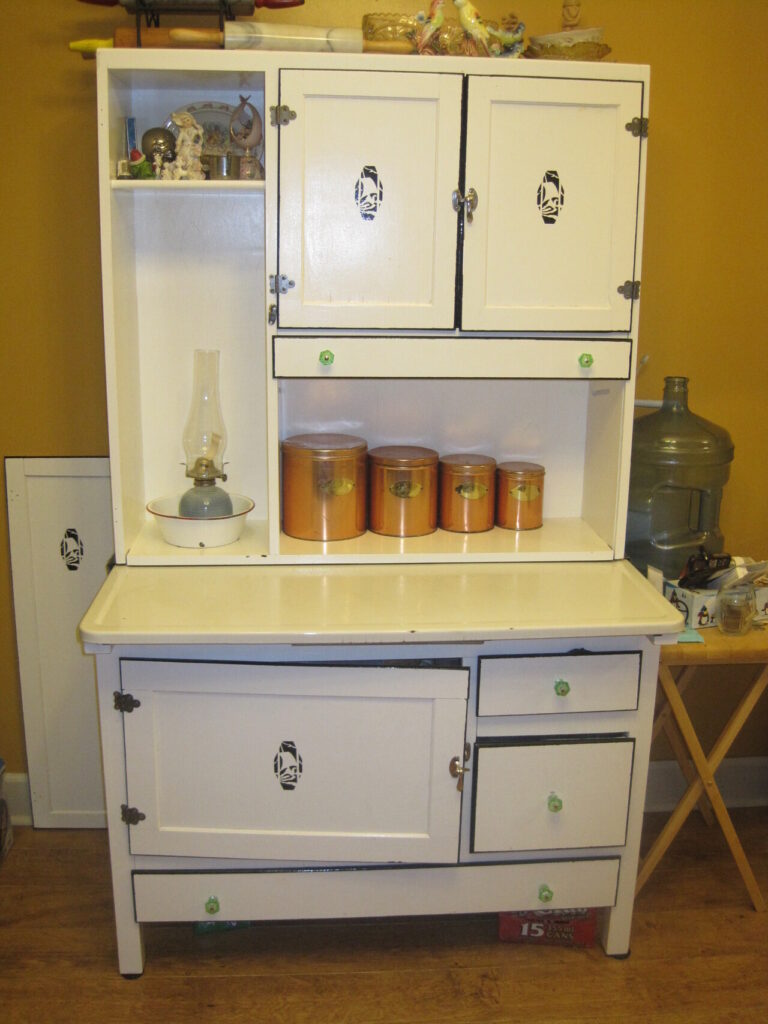
A Hoosier or similar early 20th-century kitchen cabinet is less a small collectible and more a furniture-scale statement with real market value. These standalone workstations were the precursors to built-in cabinetry, designed for storage, flour sifting, and meal prep, and the most desirable examples retain original hardware, porcelain flour sifters, and inkwell style drawers. Condition dictates price heavily: original finish, intact sliding doors, and minimal structural damage elevate a cabinet to true collectible status. Restoring a Hoosier requires carpentry care and attention to period hardware, but the result is a functional piece of history that also serves as a dramatic focal point in a vintage or modern kitchen alike.
